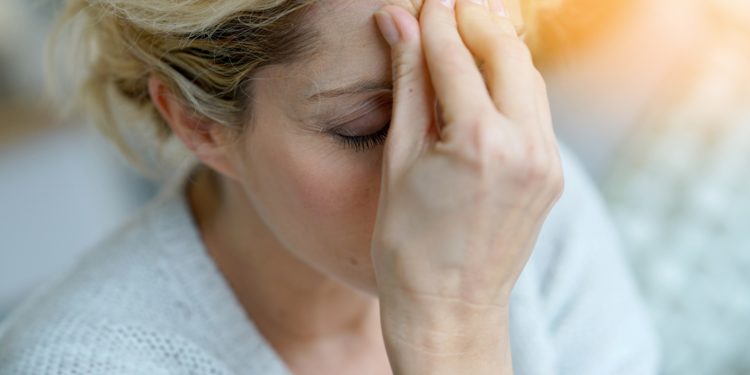Study: Genetic malfunction of astrocytes triggers migraine
Migraine is something else than ordinary headaches. In the case of a migraine attack severe pains set in suddenly on only one side of the head. They are clearly accompanied with more than ordinary headache and most of the other complaints. Researchers have now found that a genetic malfunction causes of astrocytes migraine.

According to a recent communication researchers have deciphered the end of the University of Zurich, the mechanism for family-related migraine is responsible: the result of a genetic malfunction in certain brain cells responsible for pain processing are not able to reduce excess stimuli. They instead call for a severe headache.
Every seventh person suffers from migraine
Advertisement
Approximately every seventh person suffers from migraines. Affected can be reset by the disease is literally out of action. Typically throbbing, hammering, and unilateral headache. Often additional complaints such as Nausea and vomiting, dizziness and loss of appetite add. In addition, many of those Affected by noise and are sensitive to light.
As stated in the communication from the University of Zurich, suggests several indications that the disease is due to Hear a disturbance in the processing and Integration of sensory signals, See, or Smell, is caused.
Advertisement
This dysfunction can also occur between the actual migraine episodes: How patients react and in the phases between the two phases is much more intense to sensory stimuli than people who are not affected by migraine. Which cellular mechanisms are responsible for this, but it is still largely unknown.
The disease is inheritable
Neuro-scientists and neuro-scientists at the Institute for pharmacology and toxicology at the University of Zurich were able to identify, in cooperation with the University of Padua, the mechanism in the case of a special Form of the disease. The researchers suggest the so-called familial hemiplegic migraine type 2 (FHM2) is caused by a genetic Mutation and is inherited.
The Team, under the direction of Mirko Santello now shows that a malfunction of astrocytes in the cingulate cortex – a brain region that is involved in the sensation of pain – promotes the migraine.
“Despite their prevalence, the astrocytes, which affect the processes of the Central nervous system have been overlooked by the neuroscience long,” explains Mirko Santello, last author of the study, which was published in the scientific journal “Science Advances”.
As the communication explains, are the star-shaped cells extremely important to the of the neurons released neurotransmitters to reduce. But it is precisely this feature – the elimination of excess neurotransmitters such as glutamate are not able to perceive the astrocytes in the case of family-related migraine.
“Since the glutamate uptake of astrocytes is compromised, the nerve cells in the cingulate cortex, is much more excitable than normal. What causes the neurons to throw more messengers,“ said Santello.
Findings could help in the development of new therapies
This malfunction in the cingulate cortex also influences the frequency of migraine. In the mouse model, the scientists show scientists that the animals are more sensitive to the triggers of headaches.
“By changing the astrocytes in the cingulate cortex, genetically, we were able to reverse their malfunction. This reduced in mice with this genetic defect, the severe headaches,“ says Jennifer Romano, first author of the study.
Migraine is a complex disease that affects a large part of the nervous system. “Our results clearly show how a genetic malfunction of the astrocytes induced affects the activity of the neurons and trigger them more sensitive towards Stimuli that headache,” says Mirko Santello.
According to the expert, the study helped to understand the pathophysiology of migraine is better, and suggested that the cinguläre cortex is likely to be a critical node point of the disease. The findings could help the researchers to develop new treatment strategies against familial migraine. (ad)